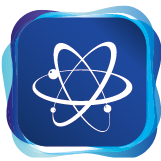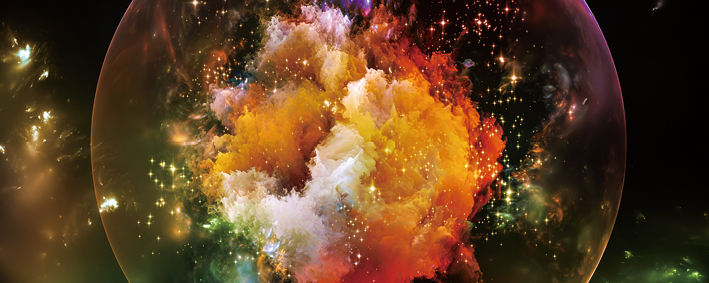 |
CCST9051 Science, Technology and Big Data
|
[This is a certified Communication-intensive (CI) Course which meets all of the requirements endorsed by HKU’s Senate, including (i) the teaching assessment of oral and visual communication ‘literacies’; and (ii) at least 40% of the course grade assigned to communication-rich assessment tasks.]
Course Description
Ever since the dawn of civilization, people have been asking the question whether there is any fundamental structure of matter behind the rich and diverse universe around us. The hot pursuit is still on now, culminating in the discovery of the Higgs boson – or so-called “God particle” – in 2012. This course intends to introduce a coherent understanding of the material world that we live in, and on how the “basic structure” question evolves over time from one which is religious and philosophical in nature to a scientific inquiry whose solution requires the construction of one of the biggest technological marvels ever built by humans, the Large Hadron Collider (LHC). This course aims to arouse students’ interests in “big science” topics such as the atomic theory and the mystical quantum nature of our world. The numerous applications of those fundamental particles, particularly contemporary ones related to our daily lives, such as quantum optics and quantum computing, will be highlighted to encourage students to appreciate the elementary, yet complex, nature of matter around us.

Course Learning Outcomes
On completing the course, students will be able to:
- Describe and distinguish the nature of matter versus non-matter.
- Describe the historical developments that led to our understanding of the fundamental nature of matter in both western and eastern civilizations.
- Describe and explain the modern understanding of the fundamental nature of matter.
- Evaluate the modern technological applications that arise from our understanding of the fundamental nature of matter.
- Analyze the impacts (philosophical, scientific, socio-economical) of human pursuit of the fundamental nature of matter.
Offer Semester and Day of Teaching
First semester (Wed)
Study Load
| Activities | Number of hours |
| Lectures | 22 |
| Tutorials | 9 |
| Reading / Self-study | 66 |
| Assessment: Assignments (incl preparation) | 16 |
| Assessment: Presentation (incl preparation) | 30 |
| Assessment: In-class test | 2 |
| Total: | 145 |
Assessment: 100% coursework
| Assessment Tasks | Weighting |
| Assignments | 20 |
| Pre-project presentation | 10 |
| Project presentation | 25 |
| Peer-review of group project presentation | 5 |
| In-class test | 40 |
Required Reading
Selections from:
- Carroll, S. (2012). The particle at the end of the Universe: The hunt for the Higgs and the discovery of a new world. London: Oneworld Publications. [pp. 7-18]
- Carroll, S. (2015). This idea must die ̶ Falsifiability. New York: Harper Collins. [pp. 124] From https://www.edge.org/response-detail/25322
- Ellis, G., & Silk, J. (2014). Defend the integrity of physics. Nature, 516, 321-323.
- Hawking, S. (1999). Does God play dice? From http://www.hawking.org.uk/does-god-play-dice.html
- Hossenfelder, S, & McGaugh, S. S. (2018). Is Dark Matter Real? Scientific American. From https://www.scientificamerican.com/article/is-dark-matter-real/
- Klein, S. (2016). Bigger Is Better for Neutrino Astronomy. Scientific American. From https://www.scientificamerican.com/article/bigger-is-better-for-neutrino-astronomy/
- Lindberg, D. C. (2007). The beginnings of western science: The European scientific tradition in philosophical, religious, and institutional context, prehistory to A.D. 1450 (2nd ed.). Chicago: University of Chicago Press. [pp. 11-27]
- Weinberg, S. (2015). To Explain the world: The discovery of modern science. New York: Harper Collins. [pp. 3-21]
Course Co-ordinator and Teacher(s)
| Course Co-ordinator | Contact |
| Dr J.C.S. Pun Department of Physics, Faculty of Science |
Tel: 2859 1962 Email: jcspun@hku.hk |
| Teacher(s) | Contact |
| Dr J.C.S. Pun Department of Physics, Faculty of Science |
Tel: 2859 1962 Email: jcspun@hku.hk |

